A search for environmentally friendly inks led researchers to microalgae biofactories, providing a renewable biomass solution.
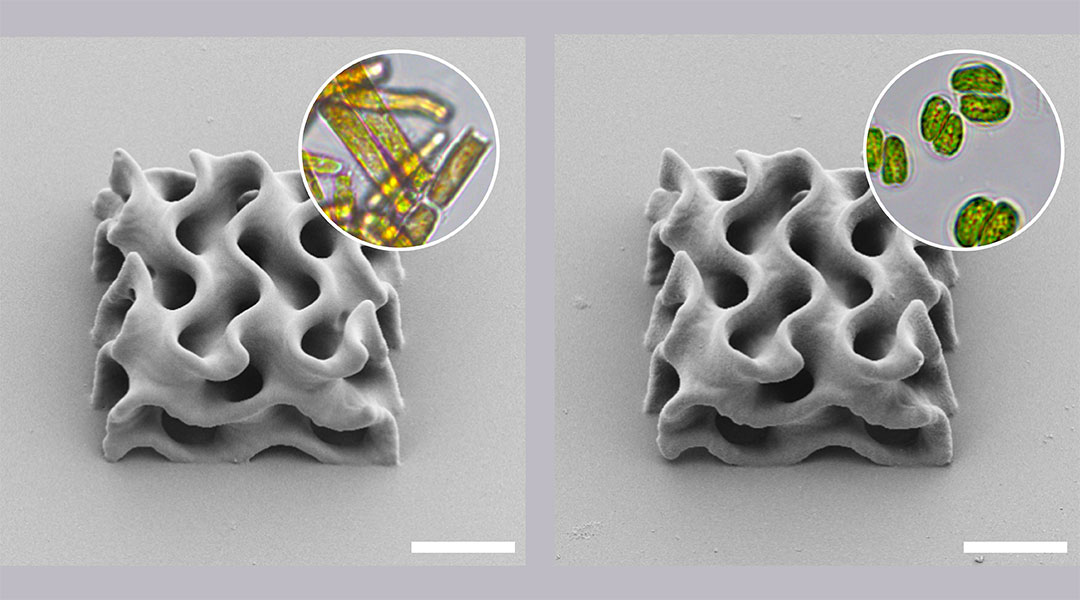

A search for environmentally friendly inks led researchers to microalgae biofactories, providing a renewable biomass solution.

When the light absorbers are made very small, almost all the device performance metrics improve—but doing this is easier said than done.
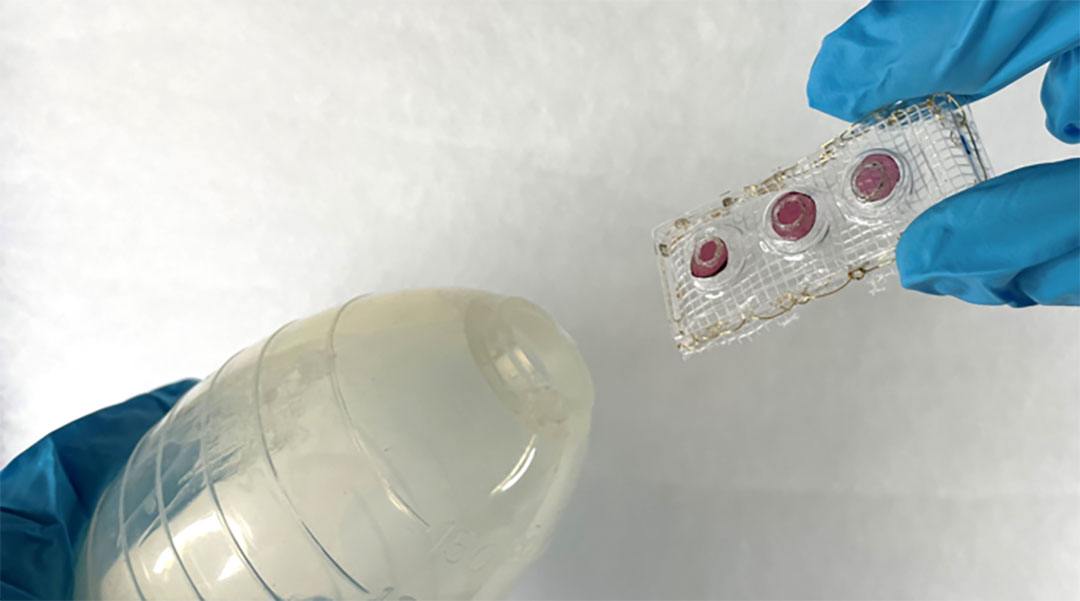
Enzymes embedded into a plastic strip enable the rapid, naked eye-detection of incompletely healed tissue following abdominal surgery.
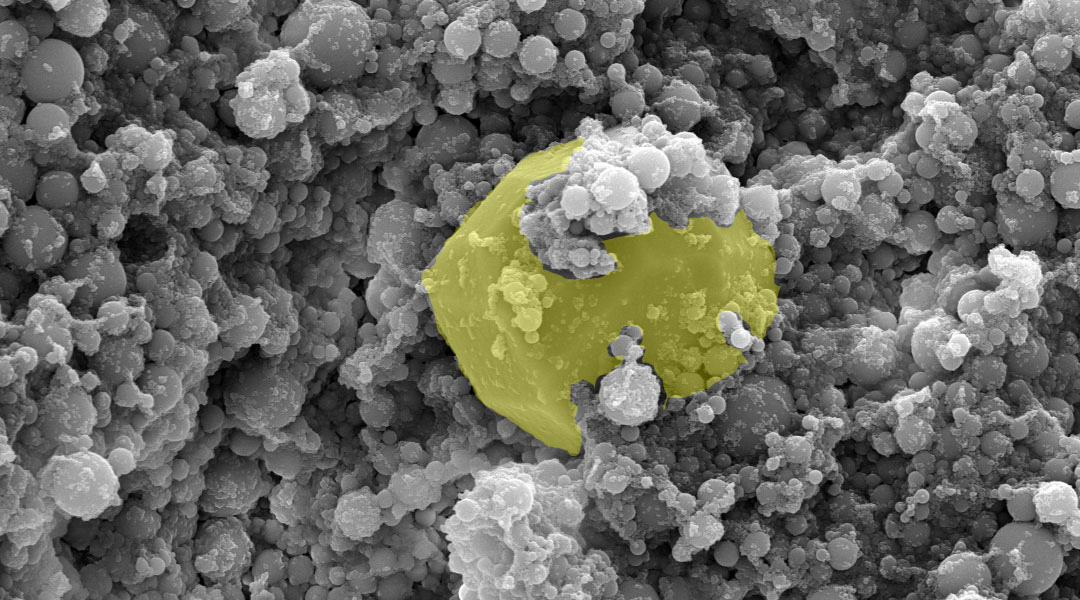
A new approach to radiative cooling blends practicality with aesthetics, advancing this crucial technology for a warming world.

A new electrolysis device could transform the way we produce hydrogen fuel from seawater, addressing challenges that hindered this process.
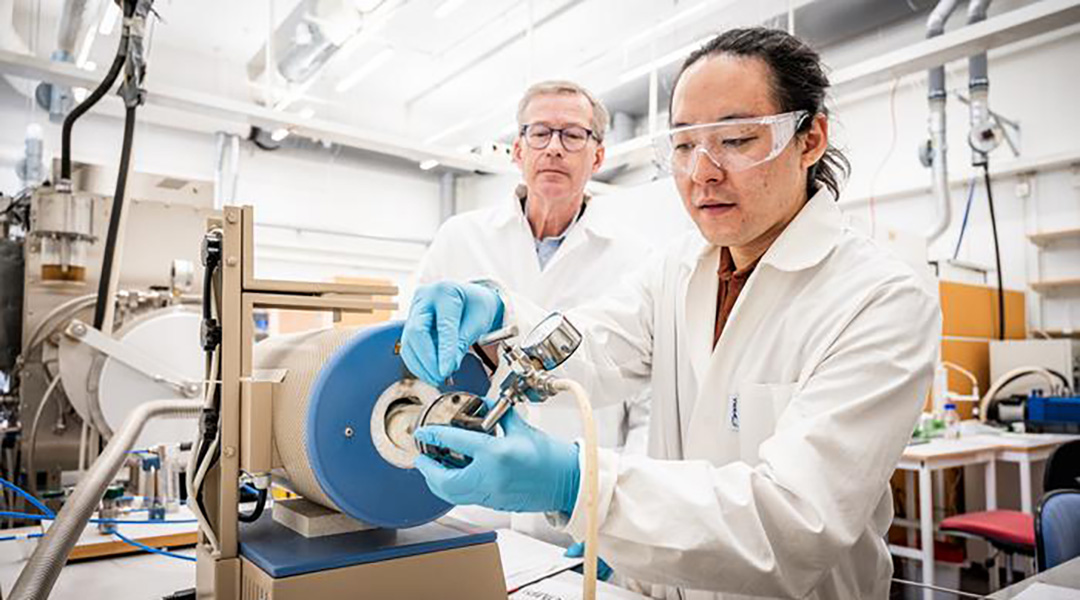
Scientists have managed to create sheets of gold only a single atom thick using a hundred-year-old Japanese smithing method.
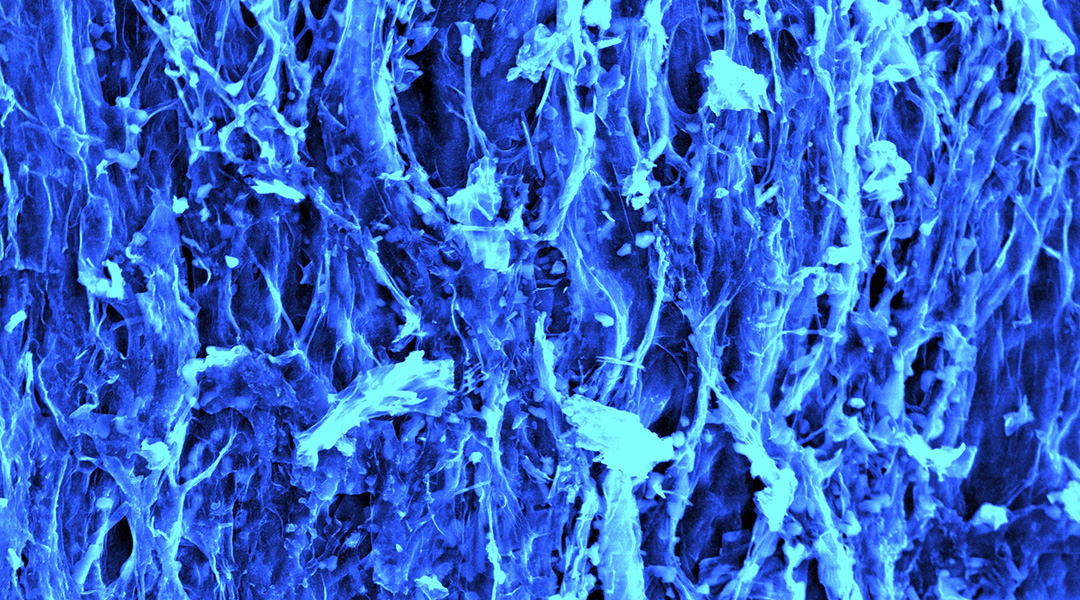
Scientists are using carbon filaments from mushrooms in supercapacitors, paving the way for a sustainable energy future.

A transparent underwater robot camouflages itself to explore the ocean, reducing encounters with delicate sea life.

A material derived from avocado pruning waste and bio-polyethylene combines high strength with biodegradability.

Modifying hydrogen fuel cells with caffeine helped protect them from degradation, resulting in up to 11-fold increase in activity.